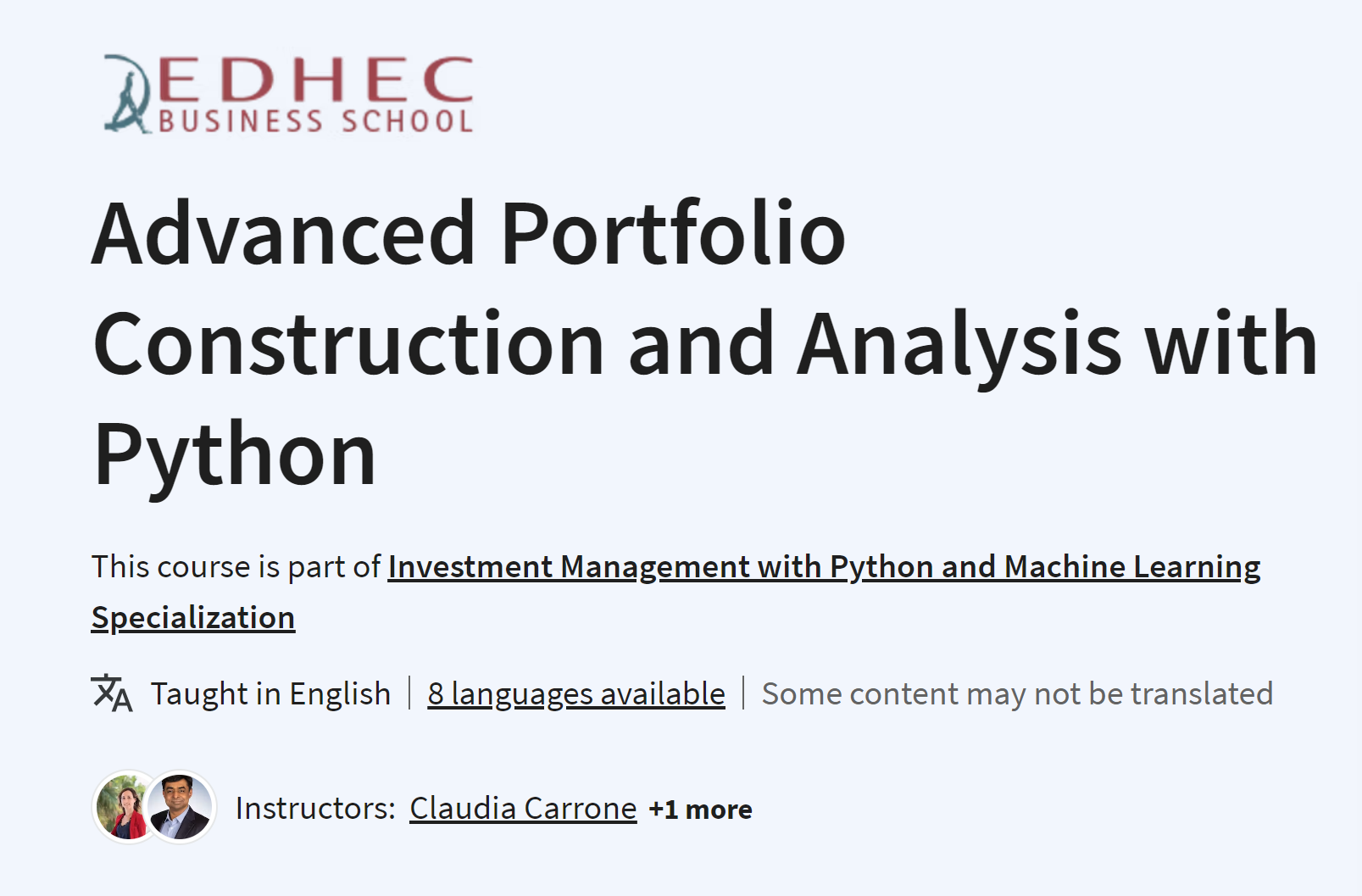Getting started with Python Language
- Python Data Types
- Indentation
- Comments and Documentation
- Date and Time
- Date Formatting
- Enum
- Set
- Simple Mathematical Operators
- Bitwise Operators
- Boolean Operators
- Operator Precedence
- Variable Scope and Binding
- Conditionals
- Comparisons
- Loops
- Arrays
- Multidimensional arrays
- Dictionary
- List
- List comprehensions
- List slicing (selecting parts of lists)
- groupby()
- Linked lists
- Linked List Node
- Filter
- Heapq
- Tuple
- Basic Input and Output
- Files & Folders I/O
- os.path
- Iterables and Iterators
- Functions
- Defining functions with list arguments
- Functional Programming in Python
- Partial functions
- Decorators
- Classes
- Metaclasses
- String Formatting
- String Methods
- Using loops within functions
- Importing modules
- Difference between Module and Package
- Math Module
- Complex math
- Collections module
- Operator module
- JSON Module
- Sqlite3 Module
- The os Module
- The locale Module
- Itertools Module
- Asyncio Module
- Random module
- Functools Module
- The dis module
- The base64 Module
- Queue Module
- Deque Module
- Webbrowser Module
- tkinter
- pyautogui module
- Indexing and Slicing
- Plotting with Matplotlib
- graph-tool
- Generators
- Reduce
- Map Function
- Exponentiation
- Searching
- Sorting, Minimum and Maximum
- Counting
- The Print Function
- Regular Expressions (Regex)
- Copying data
- Context Managers (“with” Statement)
- The __name__ special variable
- Checking Path Existence and Permissions
- Creating Python packages
- Usage of "pip" module: PyPI Package Manager
- pip: PyPI Package Manager
- Parsing Command Line arguments
- Subprocess Library
- setup.py
- Recursion
- Type Hints
- Exceptions
- Raise Custom Errors / Exceptions
- Commonwealth Exceptions
- urllib
- Web scraping with Python
- HTML Parsing
- Manipulating XML
- Python Requests Post
- Distribution
- Property Objects
- Overloading
- Polymorphism
- Method Overriding
- User-Defined Methods
- String representations of class instances: __str__ and __repr__ methods
- Debugging
- Reading and Writing CSV
- Writing to CSV from String or List
- Dynamic code execution with `exec` and `eval`
- PyInstaller - Distributing Python Code
- Data Visualization with Python
- The Interpreter (Command Line Console)
- *args and **kwargs
- Garbage Collection
- Pickle data serialisation
- Binary Data
- Idioms
- Data Serialization
- Multiprocessing
- Multithreading
- Processes and Threads
- Python concurrency
- Parallel computation
- Sockets
- Websockets
- Sockets And Message Encryption/Decryption Between Client and Server
- Python Networking
- Python HTTP Server
- Flask
- Introduction to RabbitMQ using AMQPStorm
- Descriptor
- tempfile NamedTemporaryFile
- Input, Subset and Output External Data Files using Pandas
- Unzipping Files
- Working with ZIP archives
- Getting start with GZip
- Stack
- Working around the Global Interpreter Lock (GIL)
- Deployment
- Logging
- Web Server Gateway Interface (WSGI)
- Python Server Sent Events
- Alternatives to switch statement from other languages
- List destructuring (aka packing and unpacking)
- Accessing Python source code and bytecode
- Mixins
- Attribute Access
- ArcPy
- Abstract Base Classes (abc)
- Plugin and Extension Classes
- Immutable datatypes(int, float, str, tuple and frozensets)
- Incompatibilities moving from Python 2 to Python 3
- 2to3 tool
- Non-official Python implementations
- Abstract syntax tree
- Unicode and bytes
- Python Serial Communication (pyserial)
- Neo4j and Cypher using Py2Neo
- Basic Curses with Python
- Templates in python
- Pillow
- The pass statement
- CLI subcommands with precise help output
- Database Access
- Connecting Python to SQL Server
- PostgreSQL
- Python and Excel
- Turtle Graphics
- Python Persistence
- Design Patterns
- hashlib
- Creating a Windows service using Python
- Mutable vs Immutable (and Hashable) in Python
- configparser
- Optical Character Recognition
- Virtual environments
- Python Virtual Environment - virtualenv
- Virtual environment with virtualenvwrapper
- Create virtual environment with virtualenvwrapper in windows
- sys
- ChemPy - python package
- pygame
- Pyglet
- Audio
- pyaudio
- shelve
- IoT Programming with Python and Raspberry PI
- kivy - Cross-platform Python Framework for NUI Development
- Pandas Transform: Preform operations on groups and concatenate the results
- Similarities in syntax, Differences in meaning: Python vs. JavaScript
- Call Python from C#
- ctypes
- Writing extensions
- Python Lex-Yacc
- Unit Testing
- py.test
- Profiling
- Python speed of program
- Performance optimization
- Security and Cryptography
- Secure Shell Connection in Python
- Python Anti-Patterns
- Common Pitfalls
- Hidden Features
- Example book pages



%20Any%20Machine%20Learning%20Problem%20(PDF%20Book).jpg)













.png)

s.PNG)


.png)
.jpg)

.jpg)
%20(Free%20PDF).jpg)



.png)

.png)



.png)





.png)
.png)
.png)
.png)

.png)

.png)
.png)





.png)




.png)
.png)






.png)

.png)
.png)
.png)








